One of the best parts of strolling through the historic heart of Portugal’s cities — like Lisbon, Porto, and Lagos — is encountering the stunning decorative tiles that can be found covering the facades of both medieval and more modern homes, restaurants, cafes, churches, shops, and train stations.
But where did all these tiles come from?
And, why are they all over the buildings in these cities?
These polished painted tiles — called azulejos after the Arabic al-zulaich, meaning polished stone — were introduced to the country by the Moors, who had learned the craft from the Persians.
The Persians likely were influenced by Roman floor mosaics that they encountered in the 7th century when moving into parts of North Africa that had once been ruled by Rome.
After the Portuguese took over Ceuta in Morocco in 1415, they started working with this form of tile work themselves. The historic Moorish art mixed with the 16th-century Italian invention of “majolica” — painting colors directly onto wet clay over a layer of white enamel — made the tiles bright and vibrant and the Portuguese fell in love with the art form.
Or, more accurately, became obsessed.
For most of its history, Portugal was incredibly wealthy due to their success in exploration and they used some of that wealth to decorate the walls, floors, ceilings, and facades of both their private and public residences in colorful, intricate azulejos.
The earliest examples created in Portugal date from the 1580s (check them out in Lisbon’s Igreja de Sao Roque on your next visit!).
Demand began to rise in the 17th century and the Netherlands’ blue-and-white tiles began to appear in the country (see below) as they were already masters in mass production. Portuguese tile makers also upped their game and started figuring out ways to mass-produce their own designs.
There was a massive need for more tiles again after the 1755 Lisbon earthquake rocked the city and resulted in a need to rebuild entire blocks.
The 19th century art-nouveau and art-deco movements was a dream for azulejo lovers who used them to create incredible facades and interiors for the restaurants, shops, and homes.
Now, some of the most stunning examples of this artwork can be seen just wondering around the city streets. Lisbon’s metro also has some of the best examples of contemporary Portuguese tile art if you are interested in checking out more modern interpretations.
The images below were all taken of the facades of buildings in Lisbon — click on the individual images to see a larger view of each pattern.
The earliest tiles in the country are Moorish from Seville that were decorated with interlocking or geometric floral patterns. Figurative art (seen below) was not something that Muslim artists created due to religious reasons. These types of tiles were created by Portuguese or Dutch artisans.
If, like me, you find yourself falling in love with the tiles of Portugal and want to learn more, I highly recommend a visit to the Museu Nacional do Azulejo in Lisbon, which has tiles dating back to 400 years!
It is located in a 16th-century convent and covers the history of azulejo from the early Ottoman Empire to the present day.
The most impressive exhibits include a 36m-long panel that depicts pre-earthquake Lisbon, and a cloister covered in intricate gold decorations and tiles. There is also a beautiful, peaceful courtyard to enjoy some treats from the restaurant cafe. Check out the website for opening hours, location, and admission.
Pin Me!
Meet The Author
Lindsay Shapka is an avid traveler and the creator of The Anthrotorian — a website dedicated to sharing travel tips, stories about adventures, culture quirks, artists you should know, fascinating bits of history, and more!
She is also an artist, marketing specialist, editor, and freelance writer who has work featured on websites, blogs, and in magazines like National Geographic Traveler.

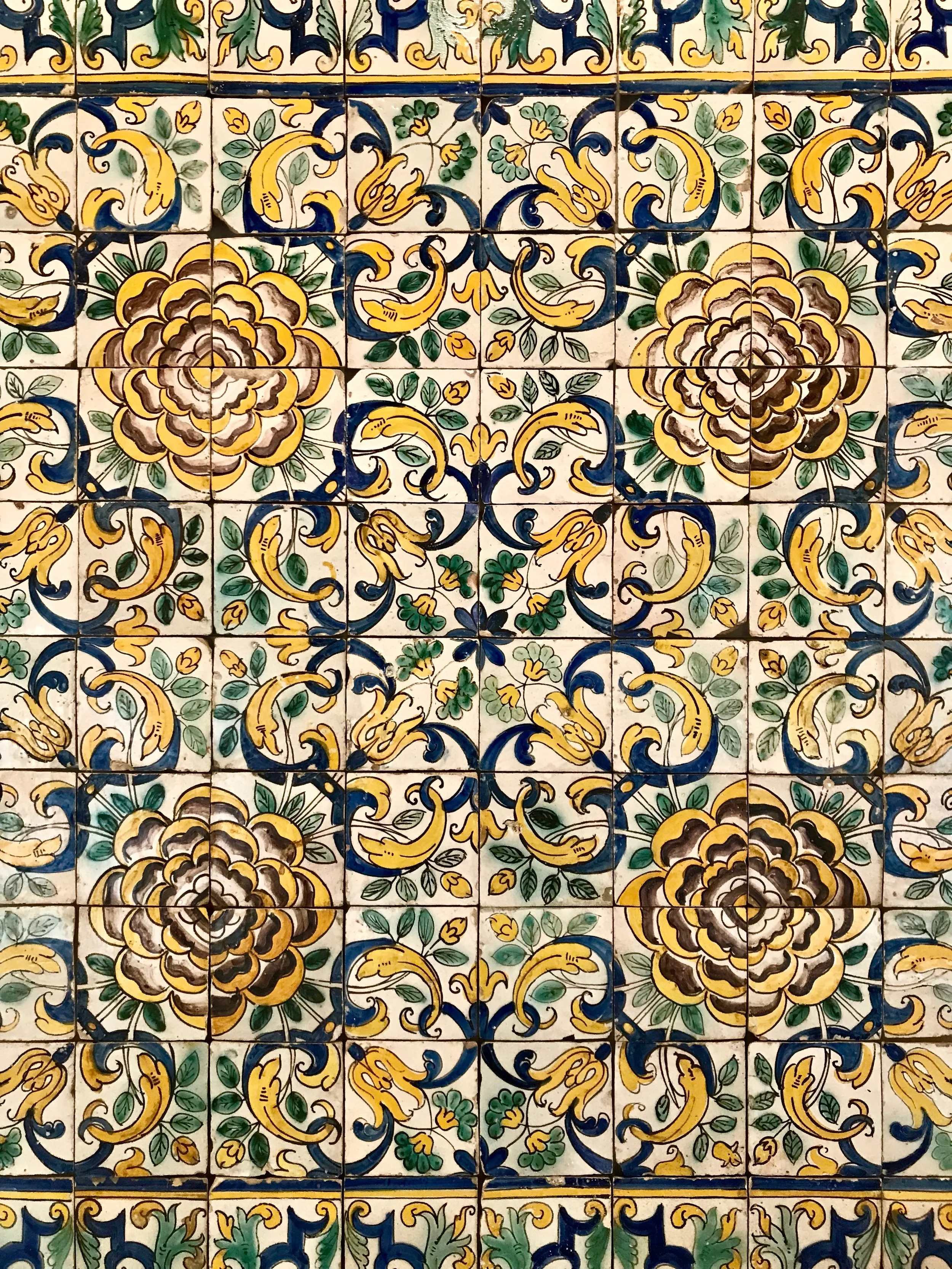
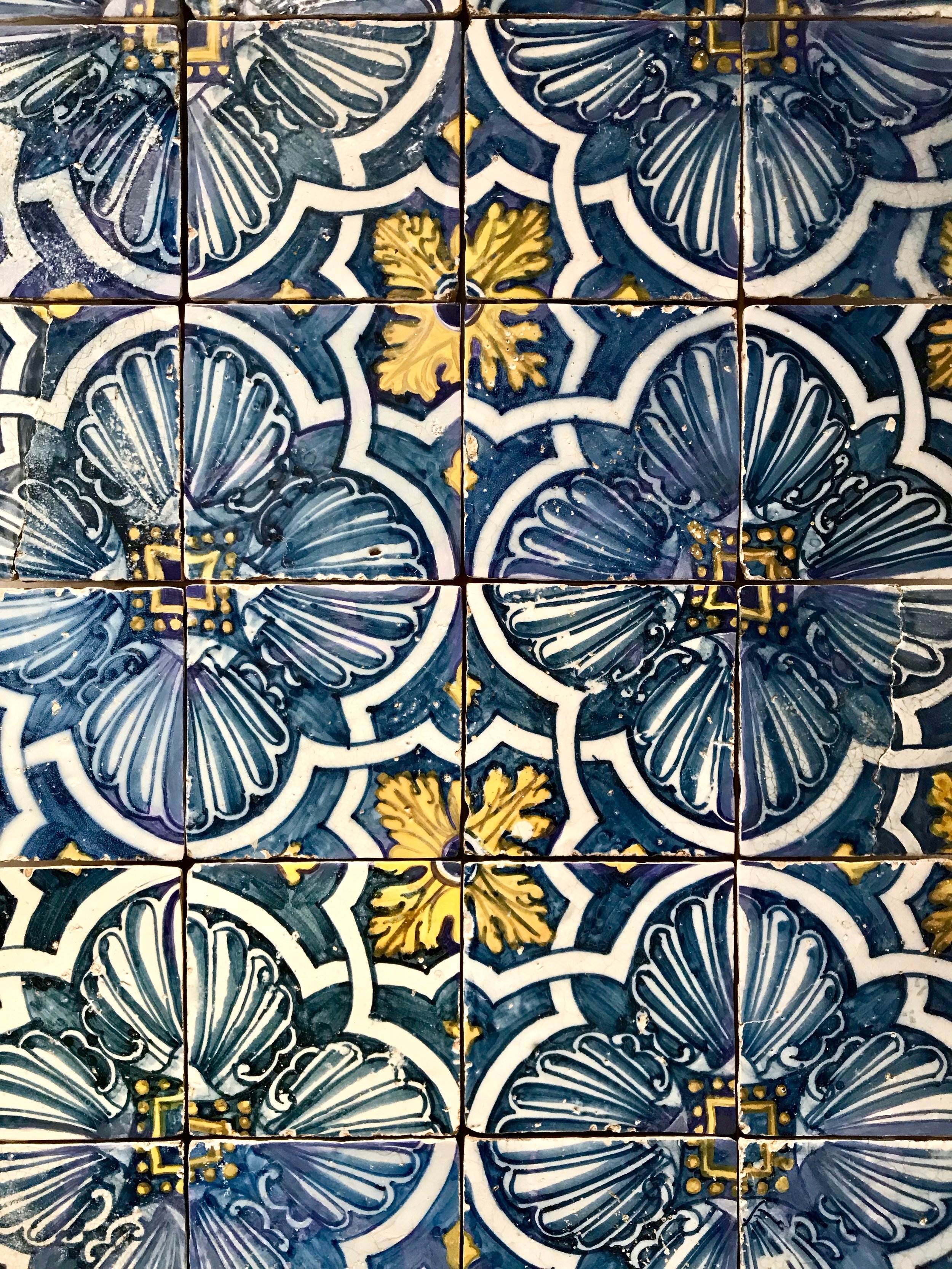
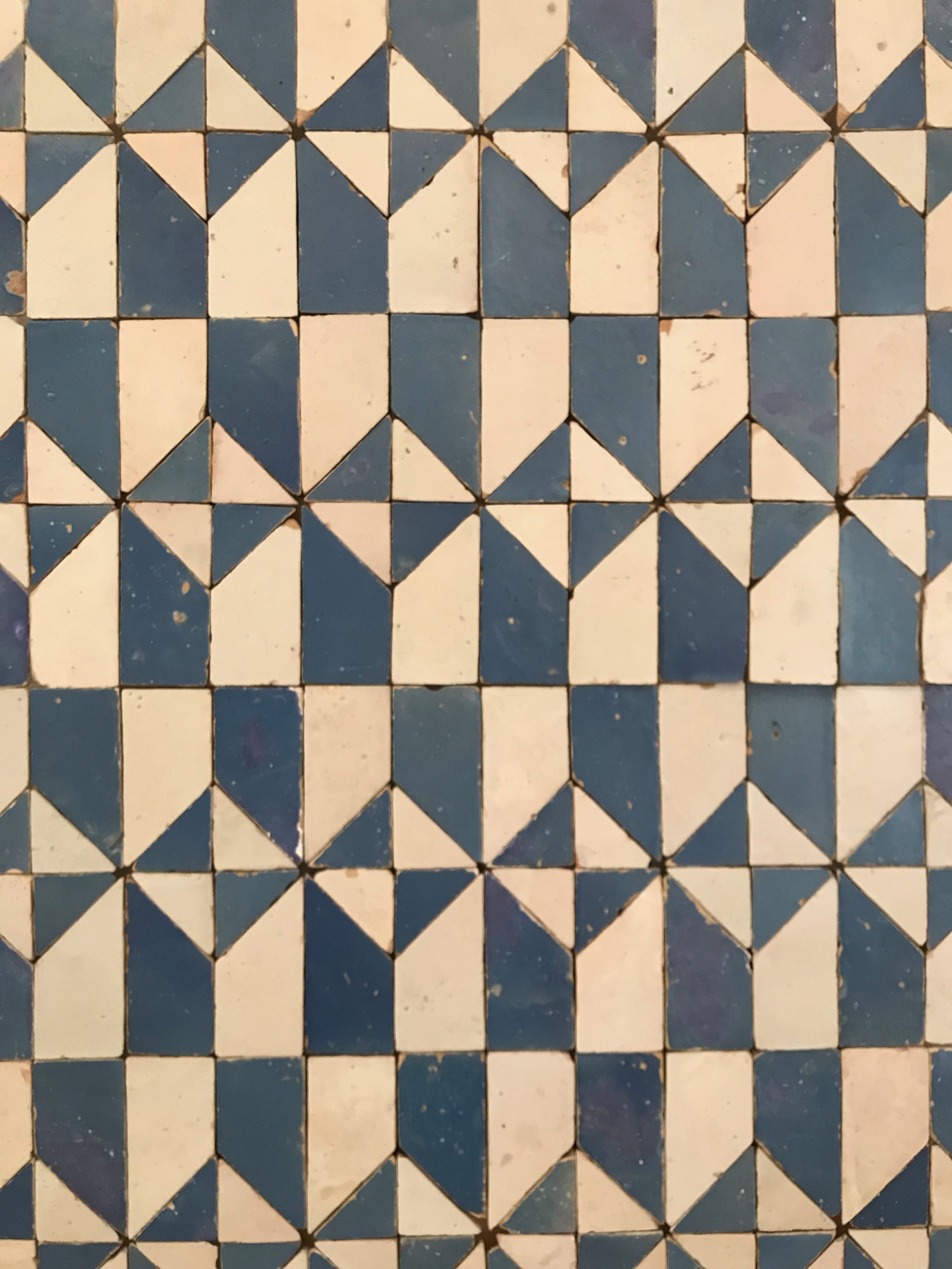
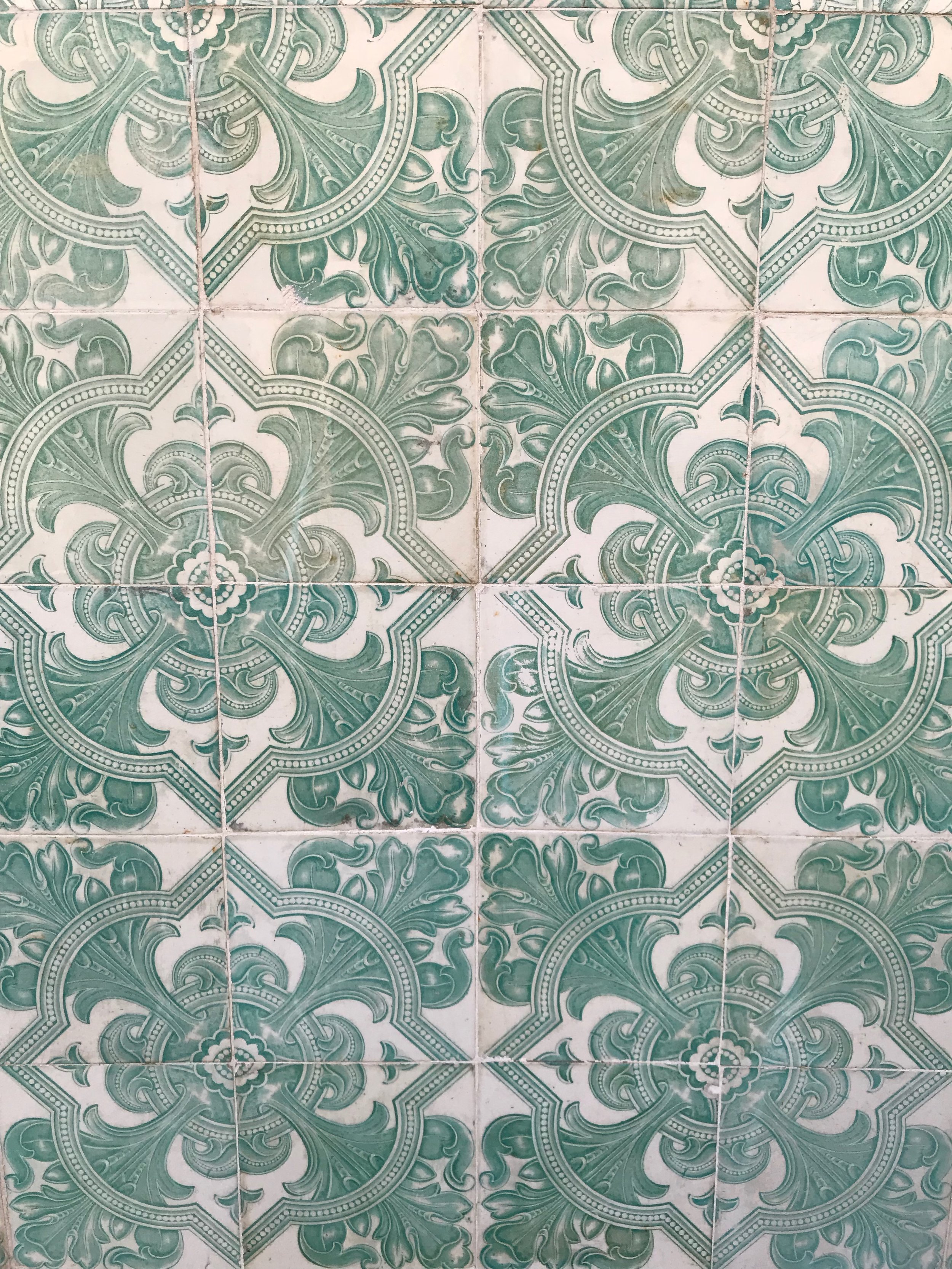


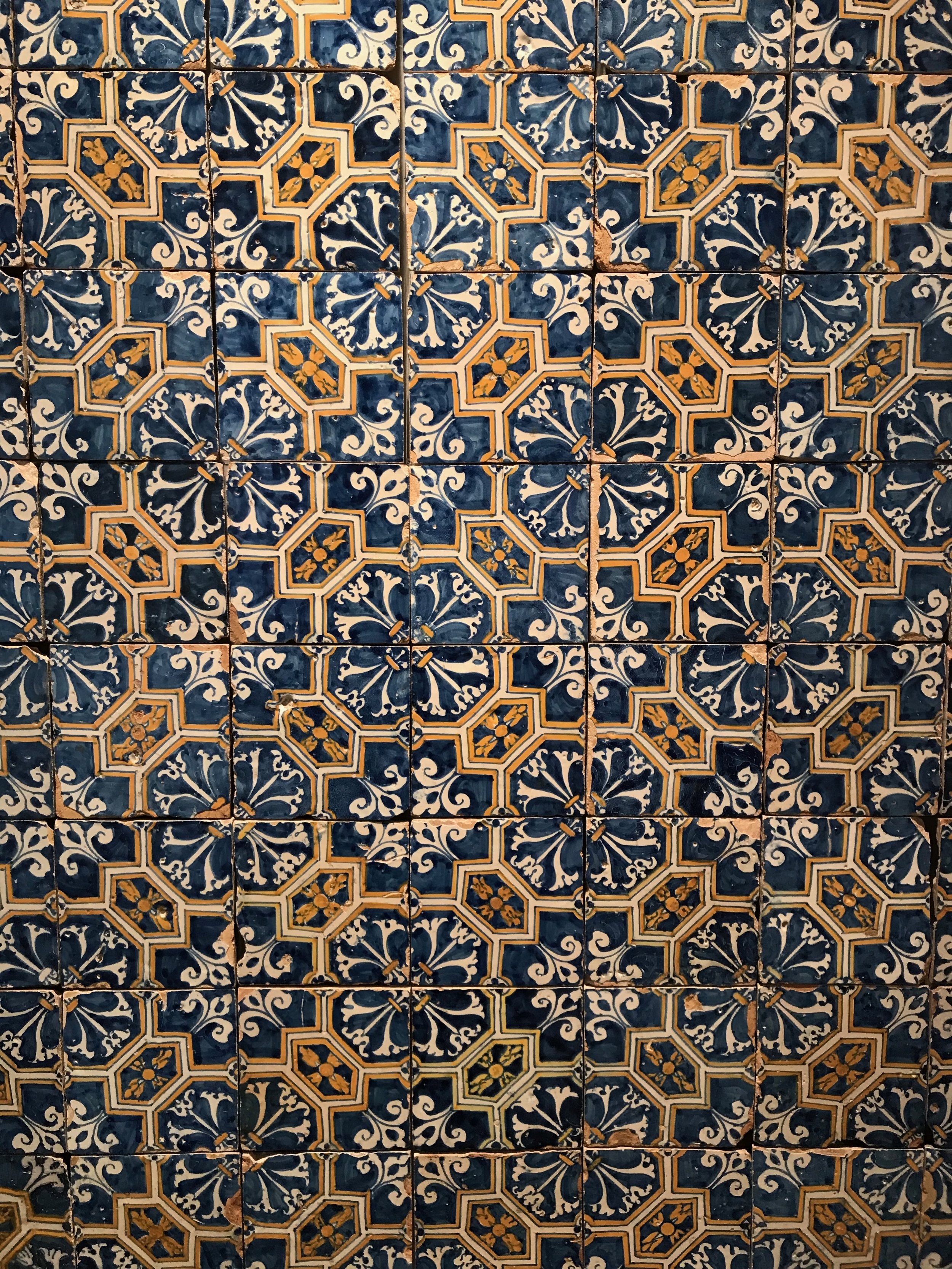
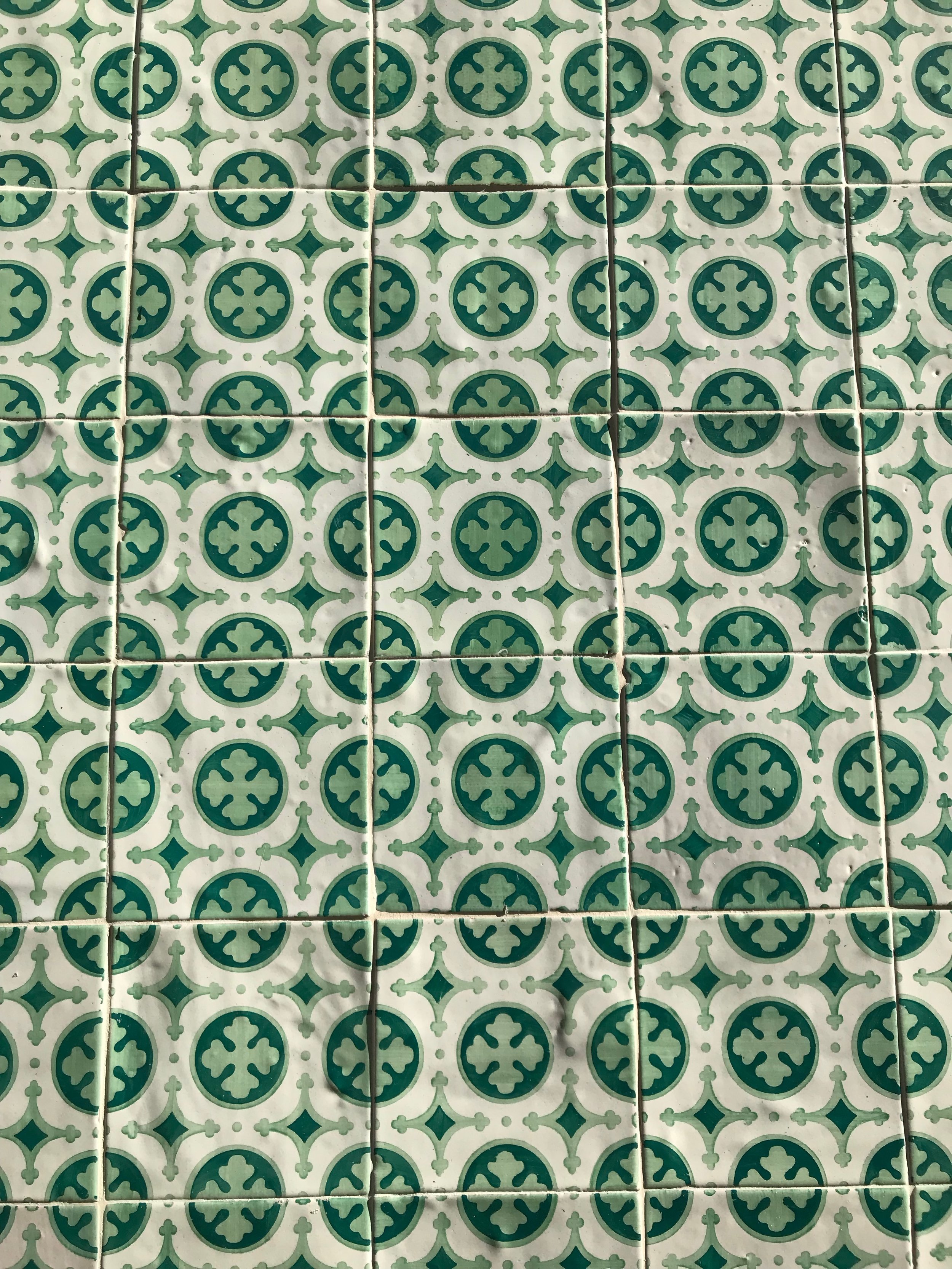














If the last few years of travel has taught us anything, it is that airports are busier than ever, and both they, and the airlines, are struggling to keep up with the demand.
Throughout the recent summer and holiday seasons, we were bombarded with images and videos of stacks of lost luggage left in airports all over the world. If you are anything like me, it has made checking a bag seem like a risk that I am not willing to take — especially if I am going for a short trip and don’t want to be without my clothing, etc. for even a day.